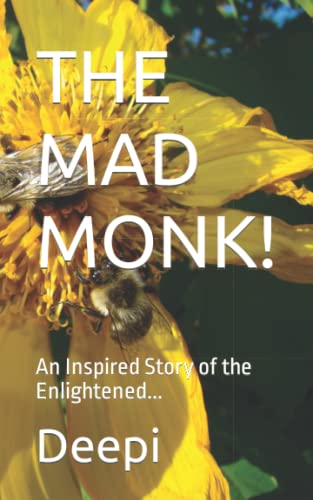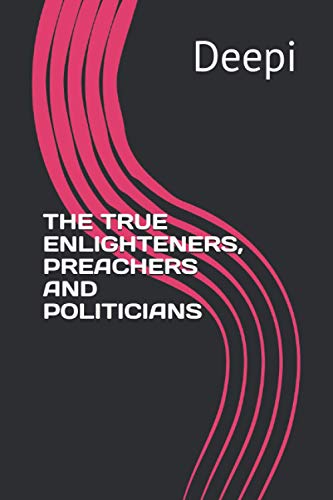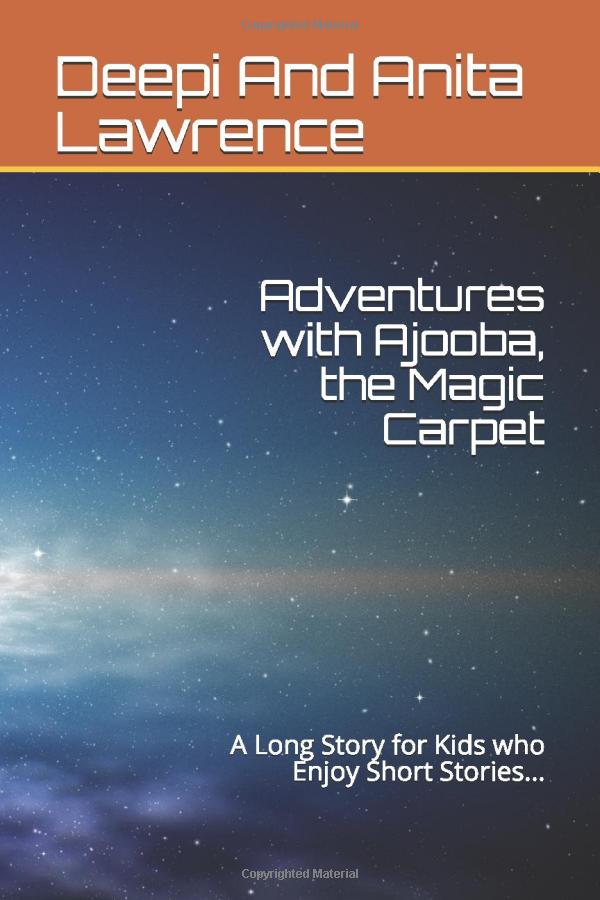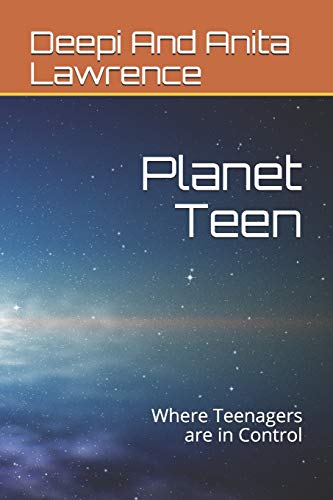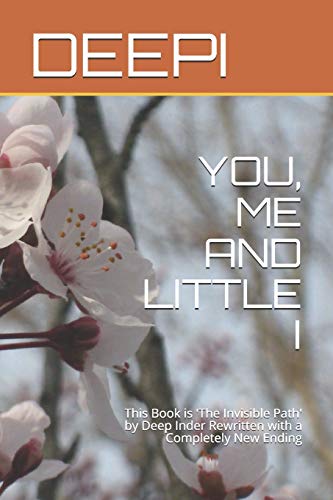Yoga- Some Questions & their Answers
I have been interested in Yoga for over fifty years and have also taught it for some time. It is for this reason that I have been asked many questions by people. This book is based on those questions.
Excerpts (sample questions with their answers):
Q. So, do you mean to say I can practice yoga as a Christian?
By all means; I have been a Christian for over twenty years and have been practicing yoga. I also know many other Christians (including those who are very religious) who practice yoga. In my opinion, there is nothing in this lifestyle that takes you away from what the Christ or any prophet/guru has said. It is a lifestyle that we can accept fully or partially depending on our physical, emotional, and spiritual needs e.g., we can substitute yogic meditation with Christian meditation, if we so desire. Idol worship is not part of yoga.
Q. Have you had any spiritual experience? If yes, how would you describe it?
What I consider to be my spiritual experience has happened only in the past few years and it has neither been constant nor frequent. I have had this experience only twice, till date. It is very difficult to describe it but I will try. The best way for me to explain it is by comparing it to a large tree in which a pleasant breeze touches each of its numerous leaves and they sway in happiness with the gentle breeze. If the body is the tree, each cell is a leaf and I felt each of them vibrating and pulsating in, what I would term as ‘an electrical current of ‘blissful joy.’ I felt as if each cell had a spirit of its own and wanted to be in that joy forever and move away from the body, as if they were part of the spirit…
Q. Any other advice for doing forward bends?
We should bend from the hip (top of thighs), not pelvis in forward bends. The back must not be rounded and the tailbone should be tucked in to align with the spine. We tilt pelvis backward to tuck in tailbone. Depending on the person’s posture, an anterior or posterior tilt of pelvis is required. As a general rule, we exhale when we bend forward or twist the torso. I repeat that after every forward bend, it is advisable to do one back bend for at least half the time you have performed the forward bend e.g., if you do paschomattanasana (seated full forward bend) for one minute, a back bend like setubandhasana (bridge pose) or ushtrasana (camel pose) should be performed for half a minute.
Q. Does pranayama affect the rest of the body only through the cells?
To a large extent, yes. However, all the vital organs like the heart, liver, kidneys, pancreas, spleen (spleen is next to the pancreas), are all massaged during pranayama as these organs are enclosed by the rib cage (these are also massaged when we perform certain asanas e.g., full forward bend.) Different kinds of pranayama can also help in relaxing, energizing, heating and cooling the body and removing stress from the mind by oxygenating the brain. The lungs are also filled with oxygen and cleared of toxins.
Q. What is Bhastrika pranayama and what are its benefits?
Bhastrika pranayama (bellows breath) generates heat in the body. In this, we exhale and inhale forcefully. This also supplies oxygen to brain cells and strengthens lungs so is a prophylactic for asthma. It is also good for skin related problems. Precautions/contraindications are the same as in Kapalbhatti pranayama but as it goes faster, we need to be more careful and never practice it until we have learnt it properly from a teacher and know all the precautions/contraindications well.



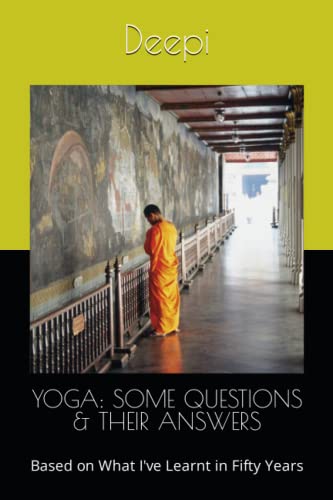
.png)


